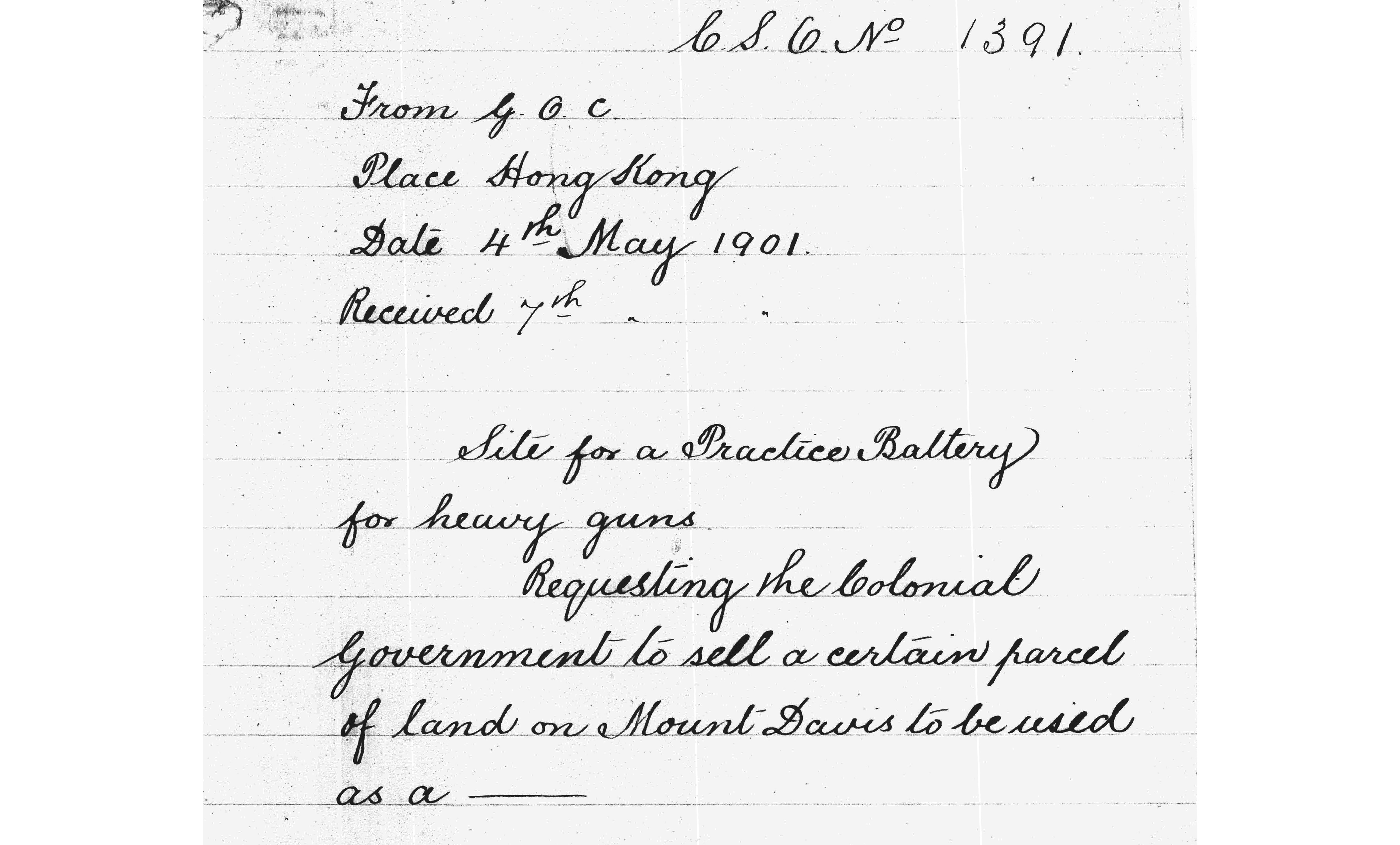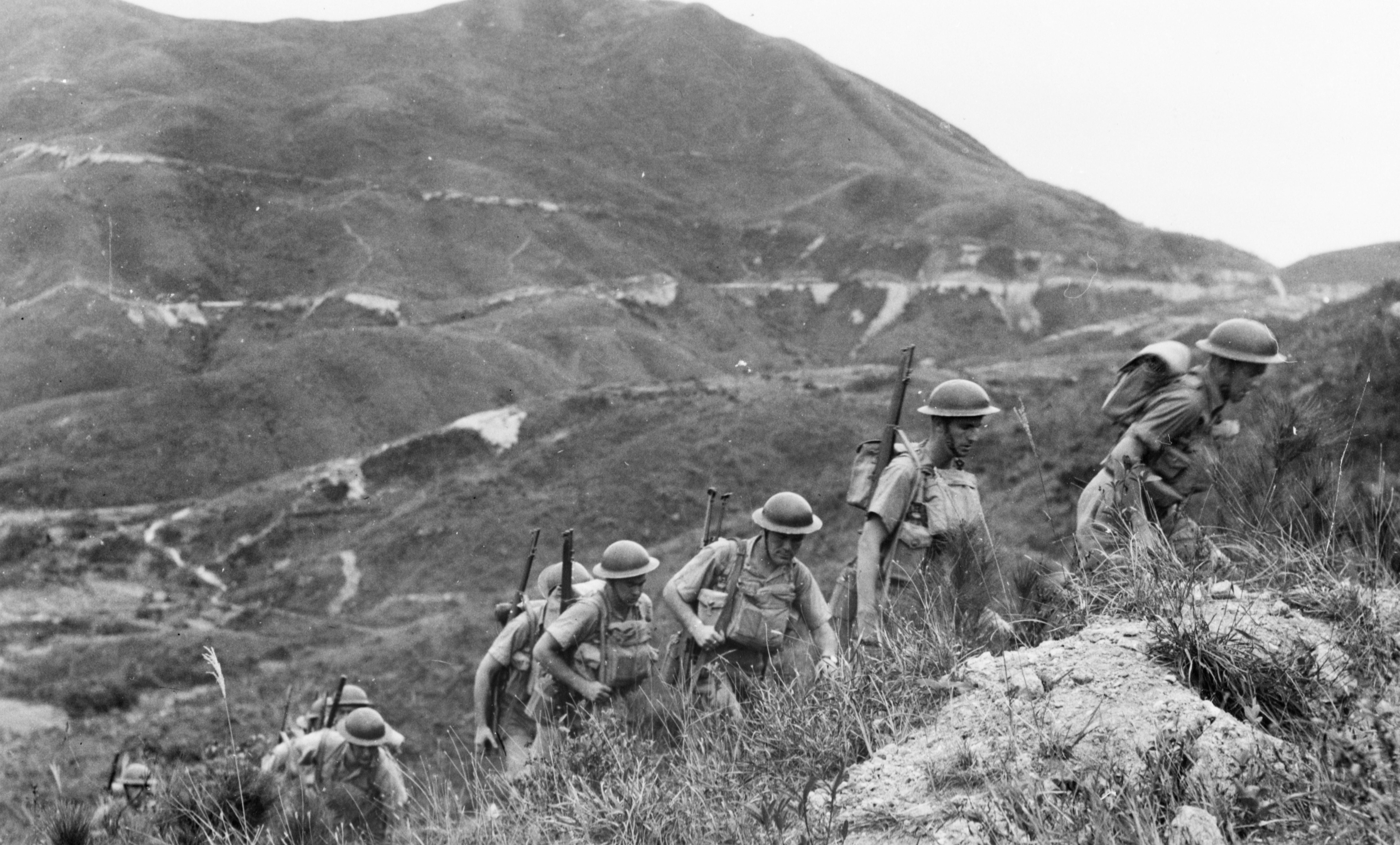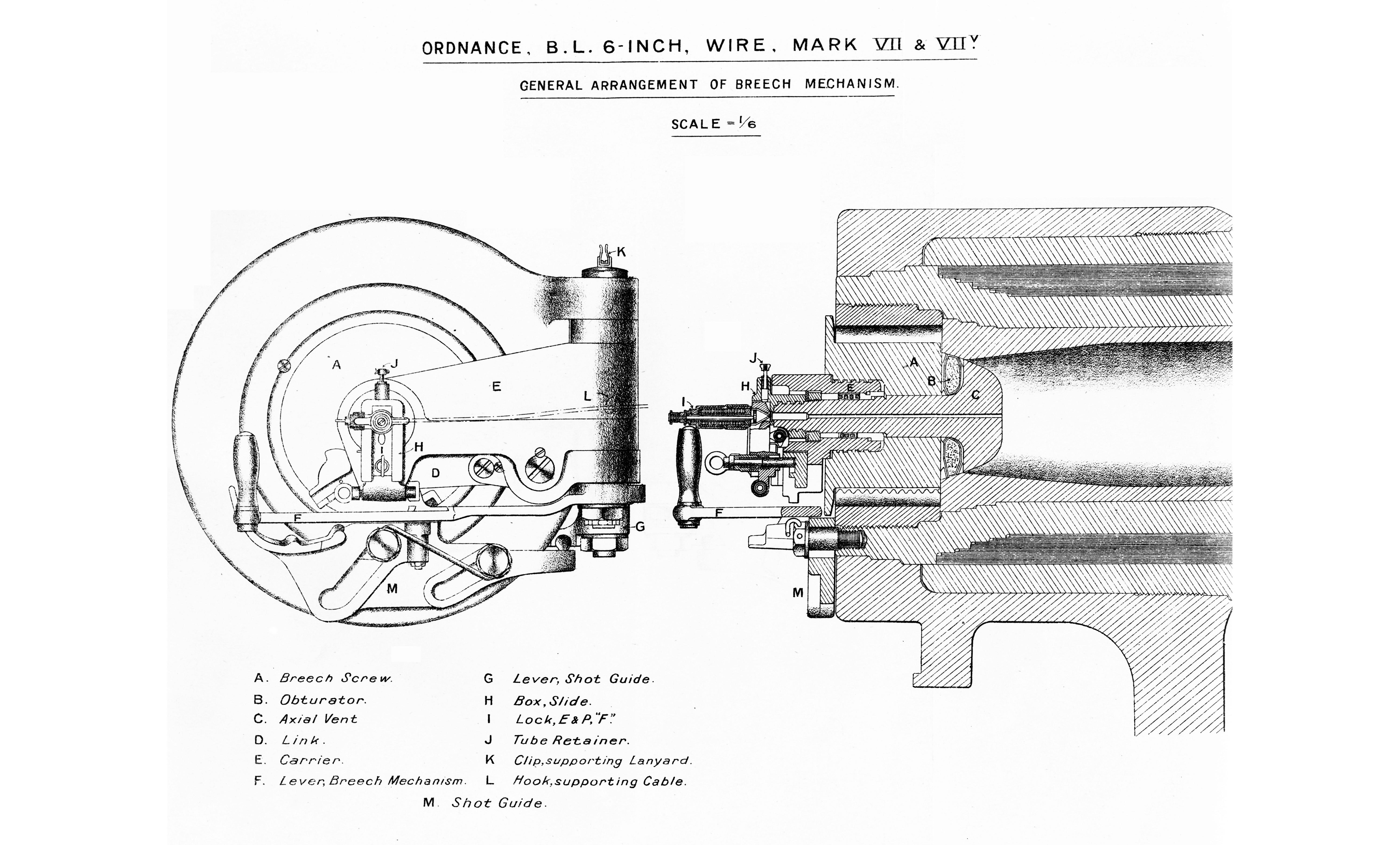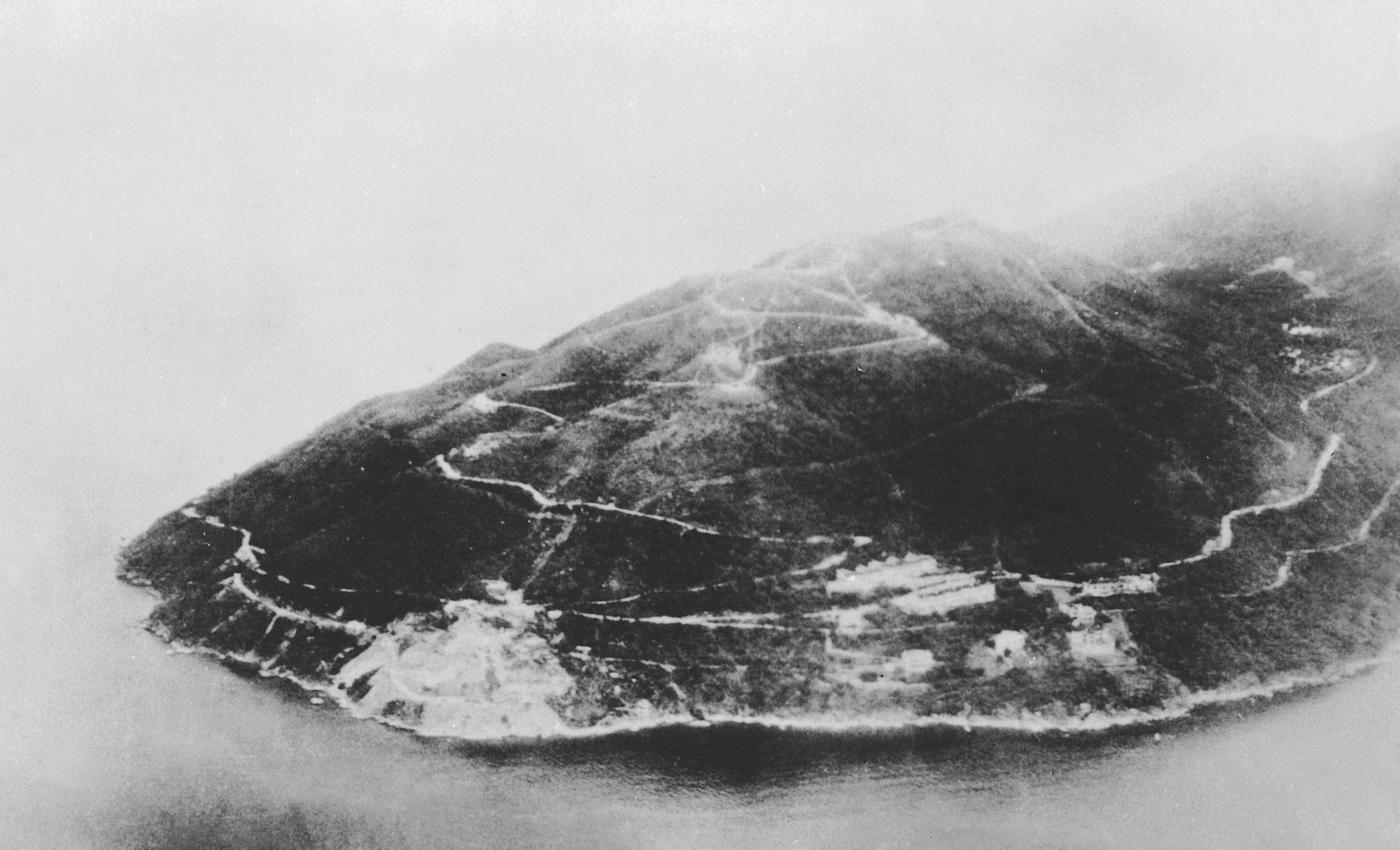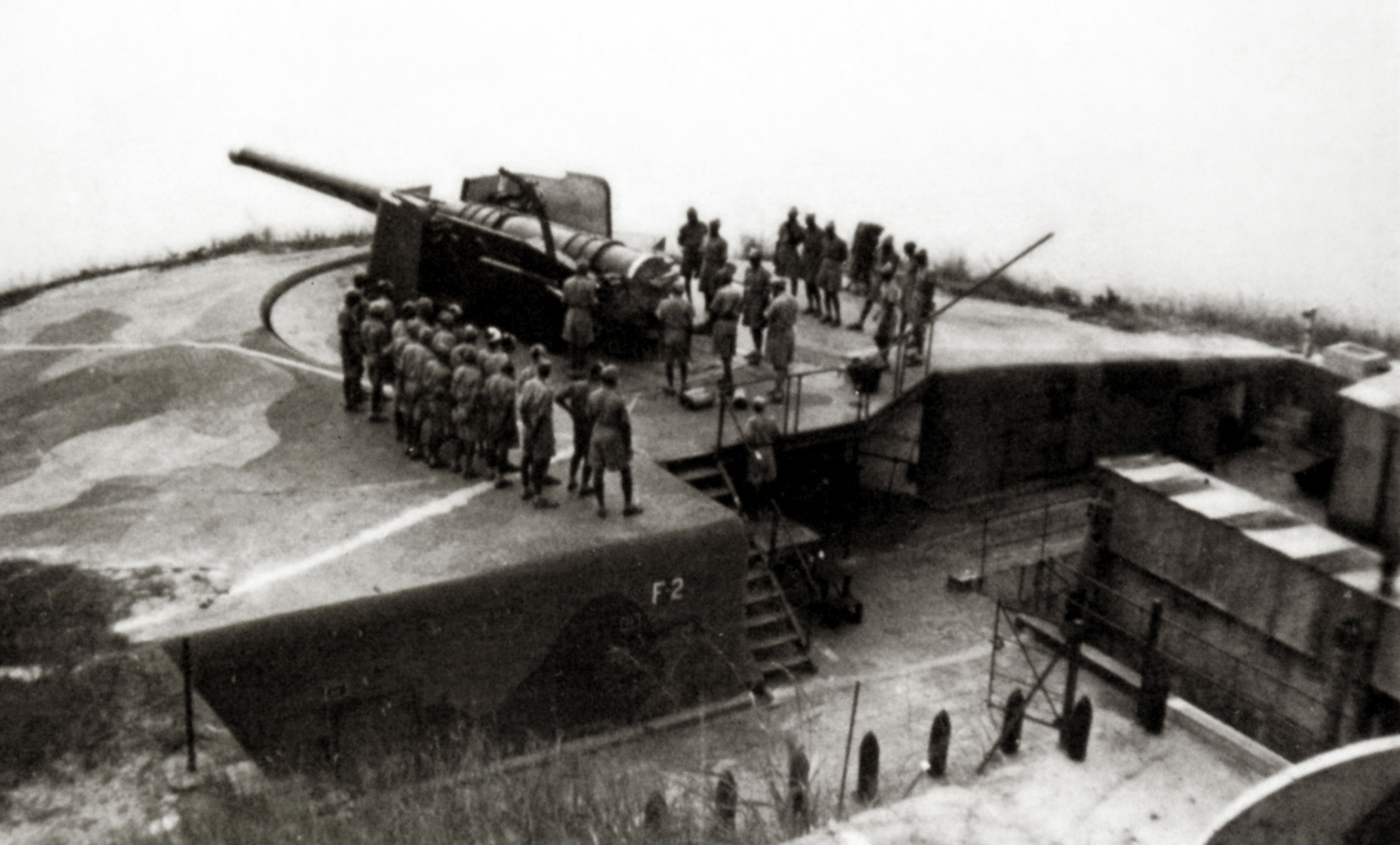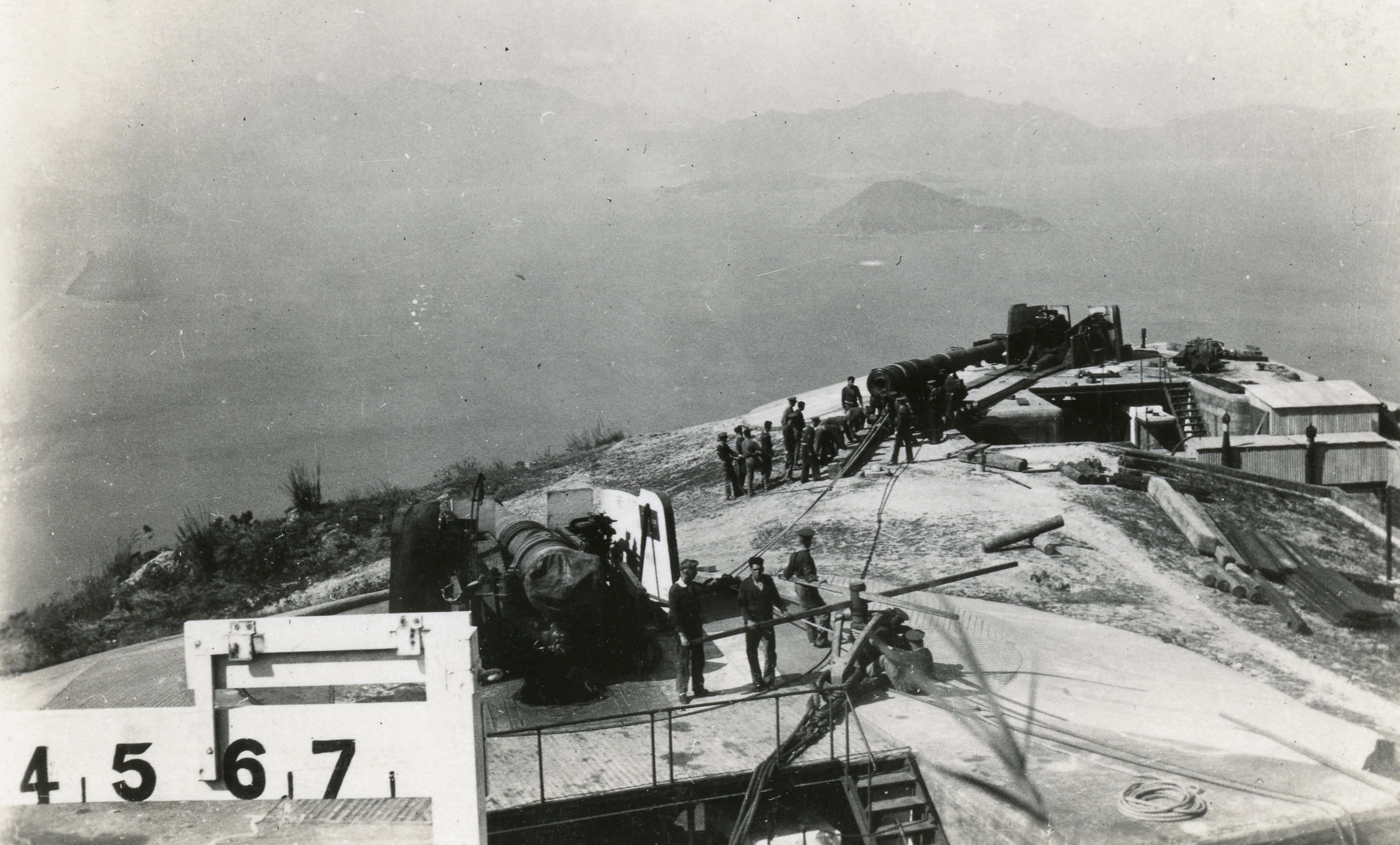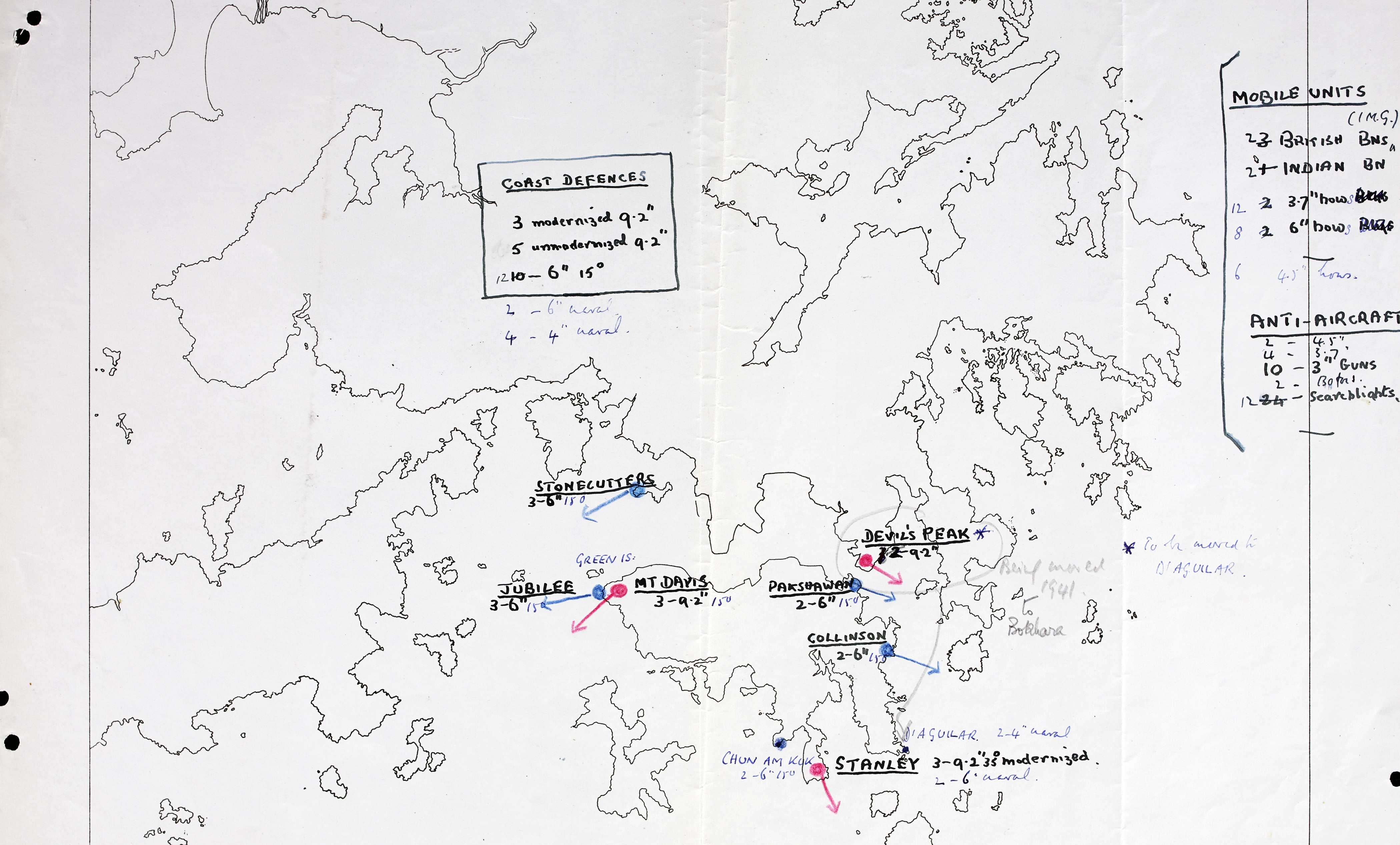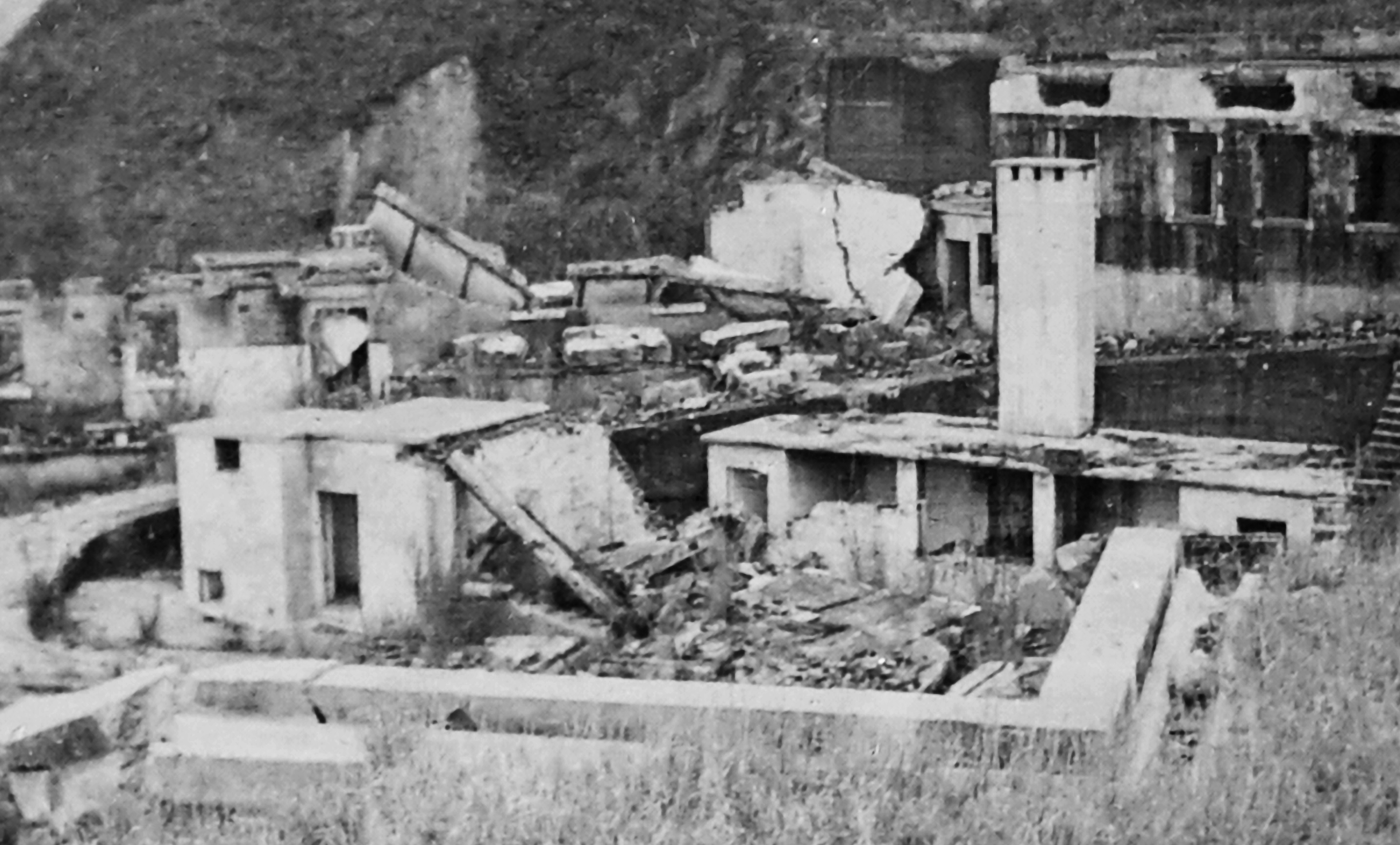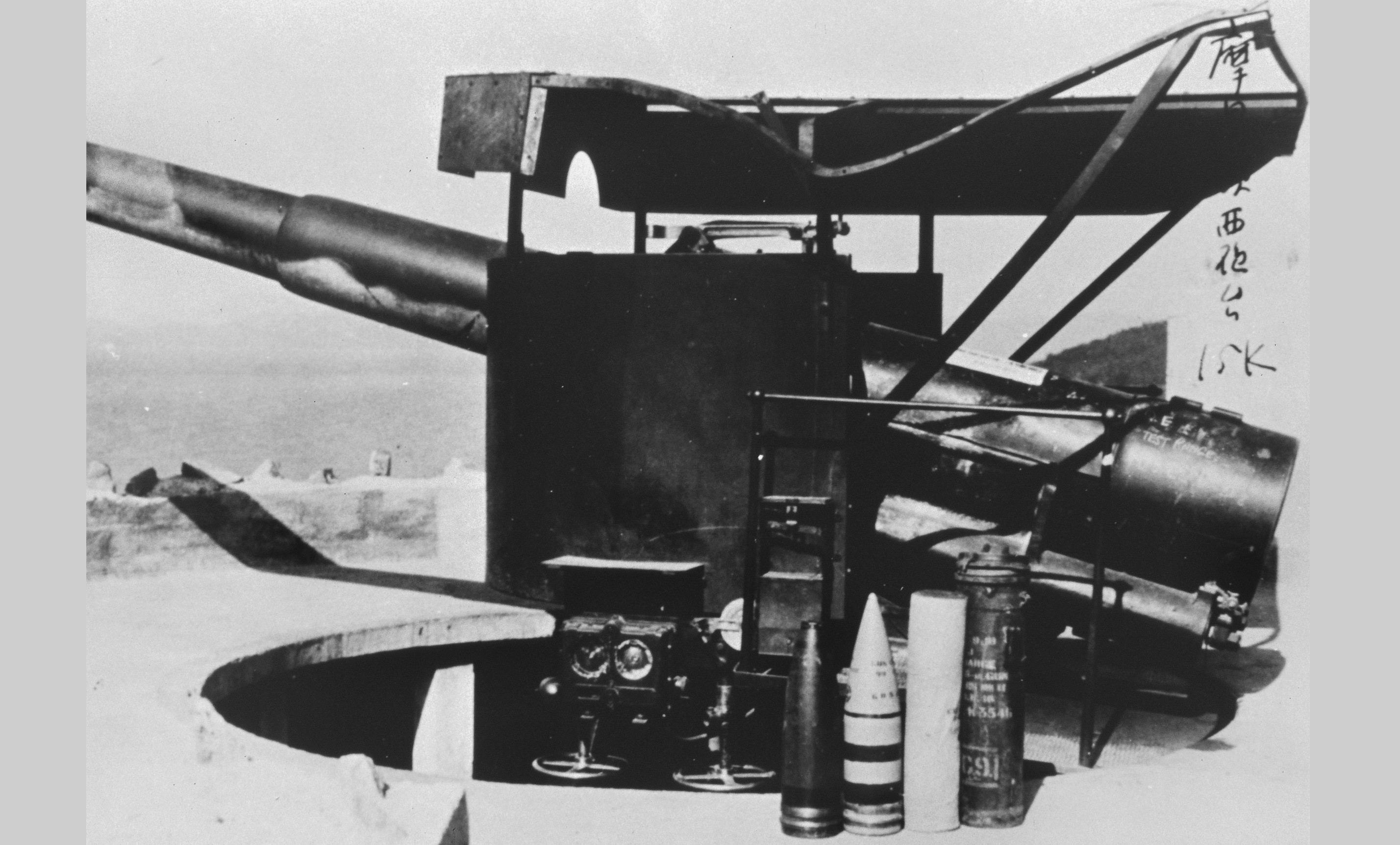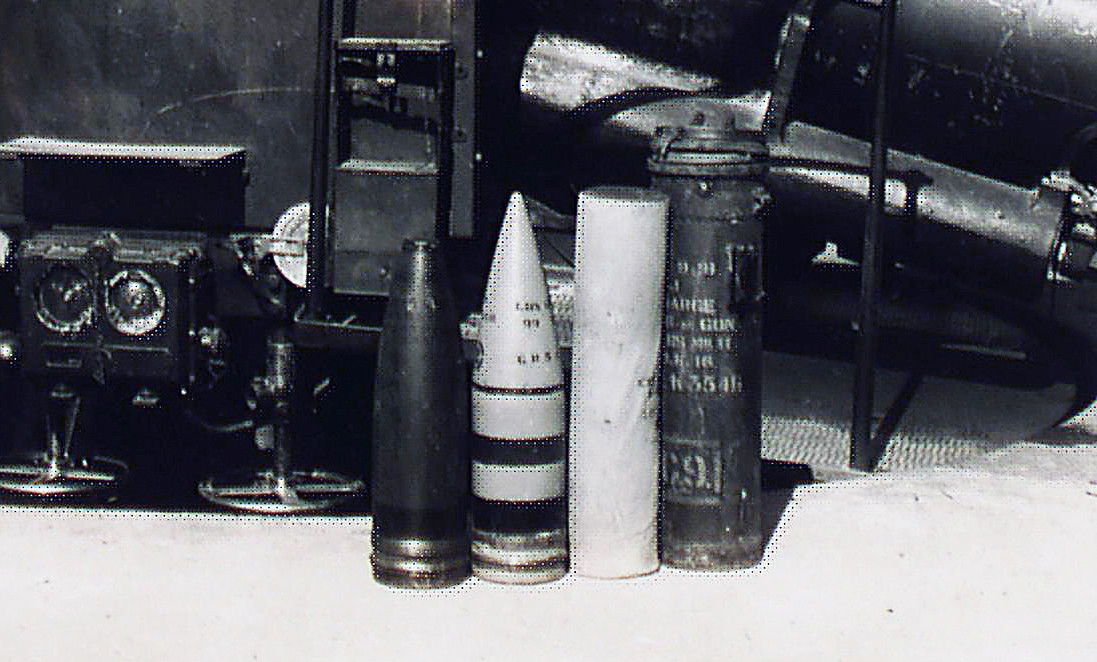Defence: THE BATTERY
1900s – 1941
Although the British held artillery practice here in the early 1900s, they did not build Jubilee Battery until 1936-39, when war with Japan became increasingly likely (what would become World War II). Though other Hong Kong defence installations were built at the same time, Hong Kong fell within 17 days once war began in early December 1941. However, Hong Kong’s unsuccessful resistance may have helped reinforce the alliance that eventually won World War II in Asia.
During most of the 19th century, Britain felt that its navy could resist any sea-borne attack against Hong Kong without relying heavily on coastal artillery; after about 1880, this was no longer true, but agreements with other powers – particularly Japan, with which Britain signed a treaty of alliance in 1902 – helped provide security. But by 1930, Japan had become East Asia’s strongest power, and increasingly expansionist; the nations that might have deterred Japan – the UK, US, USSR, and China – were all suspicious of each other, had other priorities competing for their physical, financial, and human resources, and did not cooperate effectively until war was well underway.
The Washington Naval Treaty, which limited both ships and coastal defence installations in East Asia, lapsed in 1936. In response, Britain quickly began building nine batteries on Hong Kong Island, including Jubilee Battery and its associated buildings (Blocks A, B, B Annex, C and D etc.) The battery had three 6-inch Mark VII guns, one of Britain’s principal coastal defence guns from 1898 until the 1950s. Variants of the gun were also used as artillery on ships and in the field.
One Mark VII was located here (No. 2 Gun Emplacement), and two more were nearby. They complemented the 9.2-inch guns of Mount Davis Battery, higher up the hill. The larger guns had greater range and bigger shells, while the Mark VII guns were easier to aim and shoot rapidly, and thus better against smaller, faster ships. However, Hong Kong remained very vulnerable, especially from the air.
Japan started its attack on the 8th December 1941, taking the New Territories and Kowloon quickly; the defenders were evacuated on the 11th December through the 13th December. (To give the British more time to retreat, Mount Davis Battery guns shelled Japanese troops across the water in Kowloon.) On the 18th December, Japan attacked Hong Kong Island. Shore batteries, including the Jubilee Battery, harassed some Japanese naval vessels, but could not stop soldiers landing on the eastern part of the Island. As Japanese troops advanced, the guns of Mount Davis Battery turned eastward and fired across Hong Kong Island, shelling the Japanese heavily; Jubilee Battery, on the other hand, was lower down and its line of fire across land was obstructed. Both batteries were bombed, but especially Mount Davis. The island’s defenders were outnumbered by the Japanese invaders roughly 15,000 to 37,000 and lacked air support; they resisted longer than the Japanese had expected but surrendered on the 25th December.
Over 10,000 defenders were captured; over 2,000 died, along with 4,000 civilians and 675 Japanese. A brutal occupation began, lasting through the summer of 1945.
The odds against holding Hong Kong had been so high that some people question whether the British should have tried to defend it; evacuating troops and surrendering the city would have saved lives. Others, however, argue that immediate surrender might have weakened the resolve of China (which had been fighting Japan since 1937), and undermined anti-Japanese cooperation with the US. In this view, though Hong Kong’s defenders could not protect the city, their sacrifice served a larger purpose.
